WASHINGTON — The D.C. area has countless options for exercise and recreation. One is disc golf, a hybrid of throwing a Frisbee while using the rules of golf.
You have probably seen the “baskets” at area parks, and wondered what they are for. Most of us grew up throwing Frisbees at the beach or at family reunions, and some of us played golf – miniature, pitch and putt, or 18 holes at an area course.
By combining the two, you get disc golf.
In the 1970s, a man named “Steady Ed” Headrick formed the Disc Golf Association (DGA), later the Professional Disc Golf Association (PDGA), which Ted Smethers started to run in the early ’80s, leading up to the official rules.
Headrick, who worked at Wham-O toys, designed and patented the modern Frisbee and would later be credited for pioneering the modern era of disc sports after coming up with the term “disc golf.”
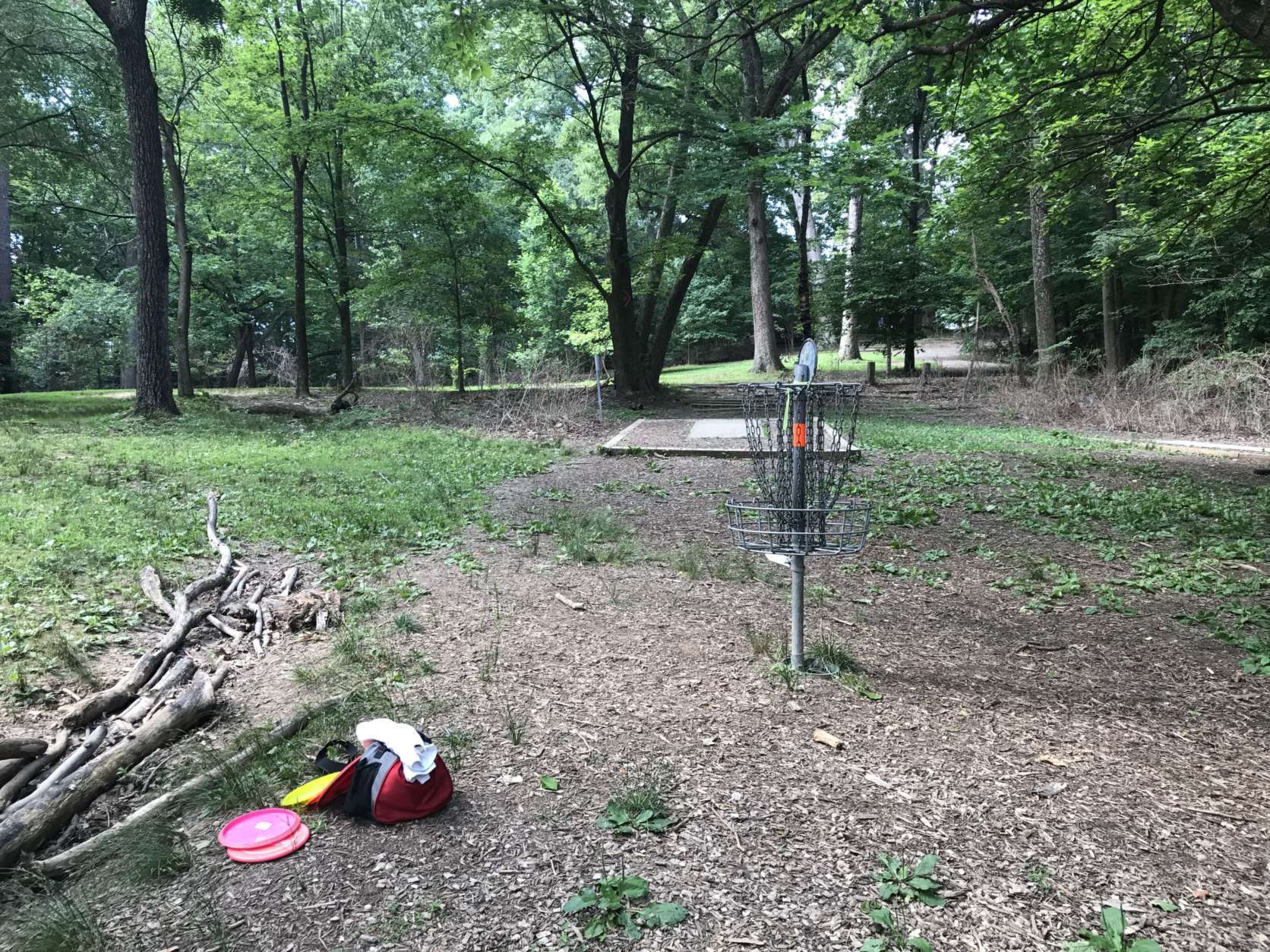
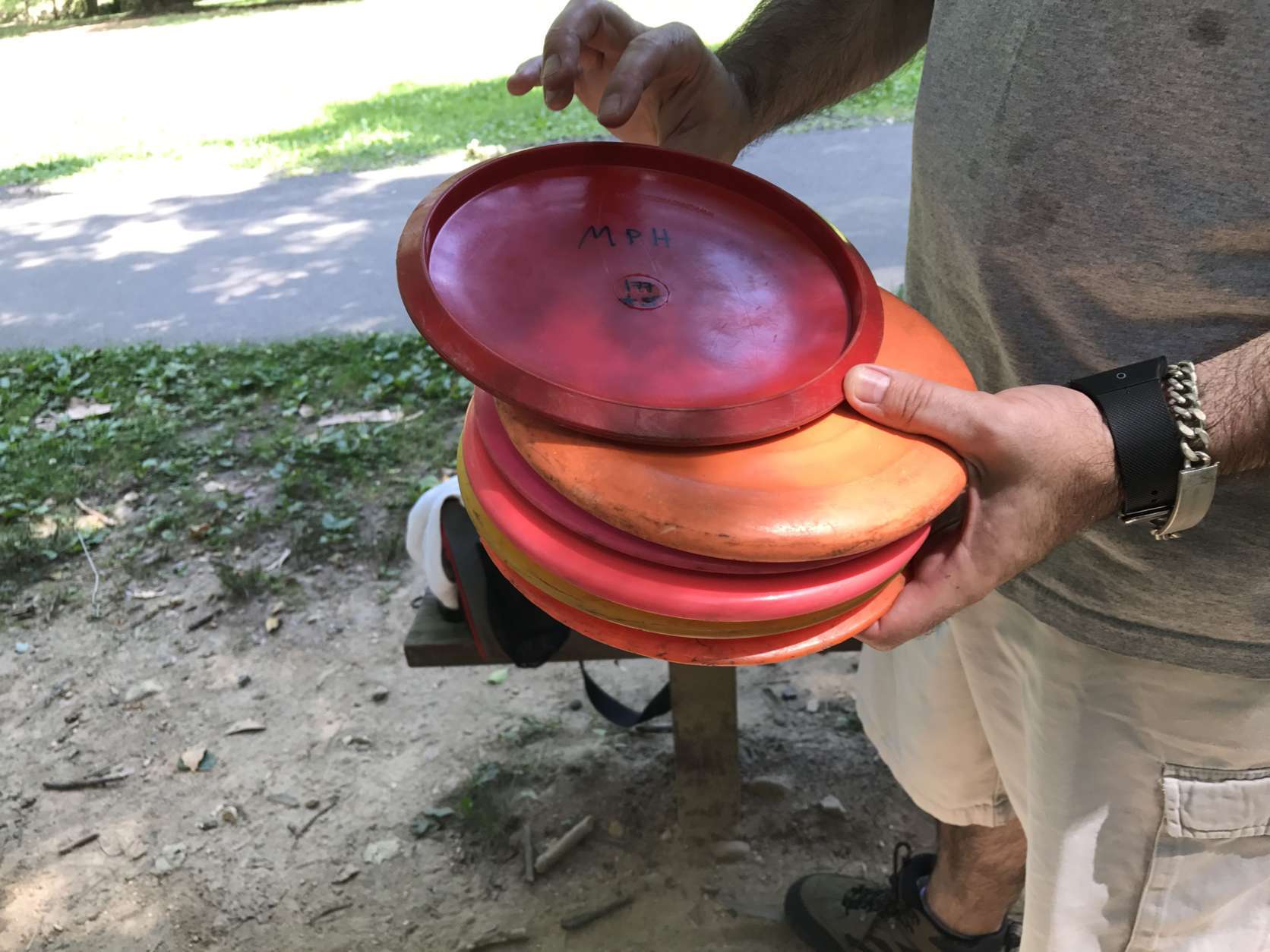
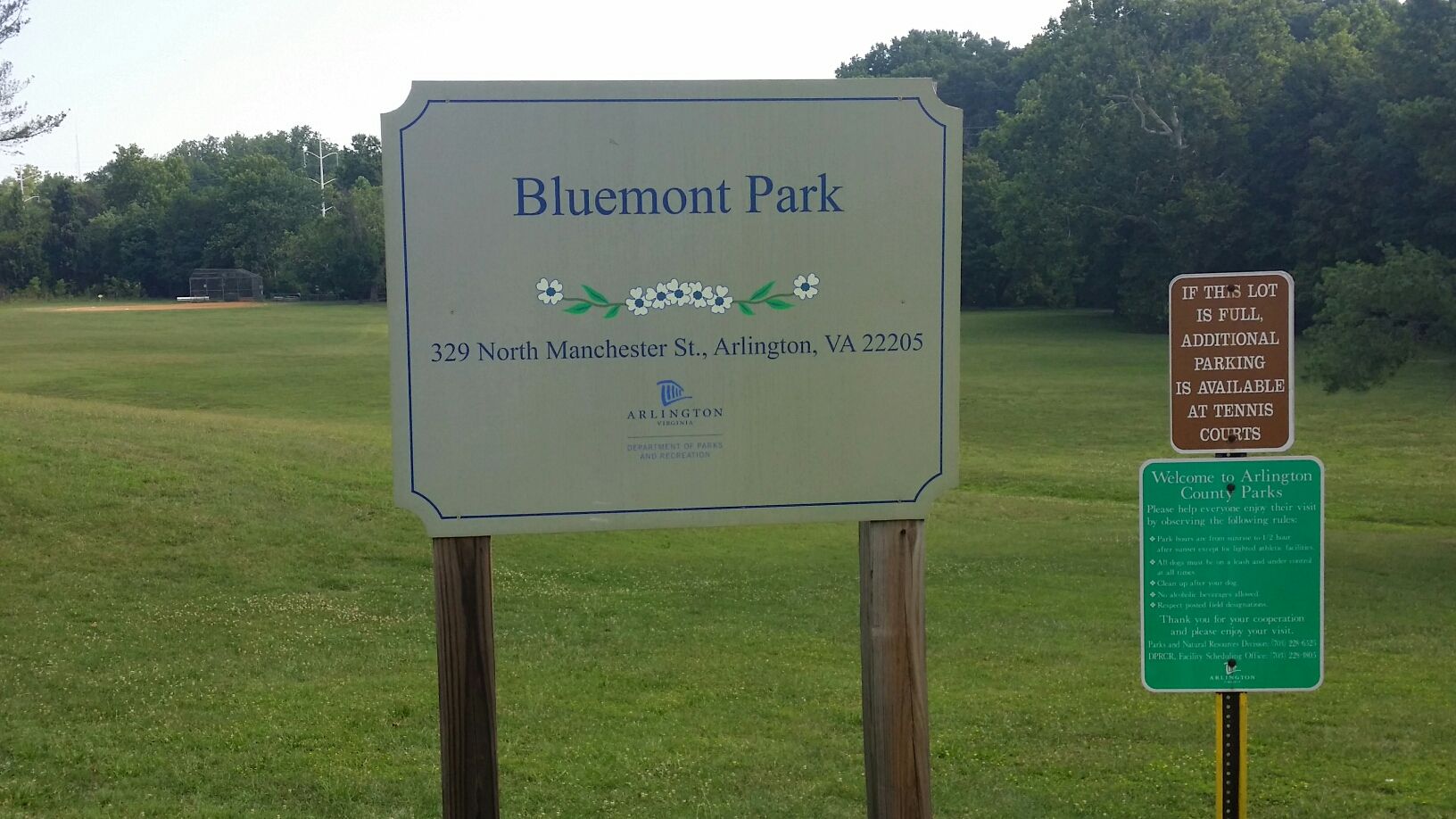
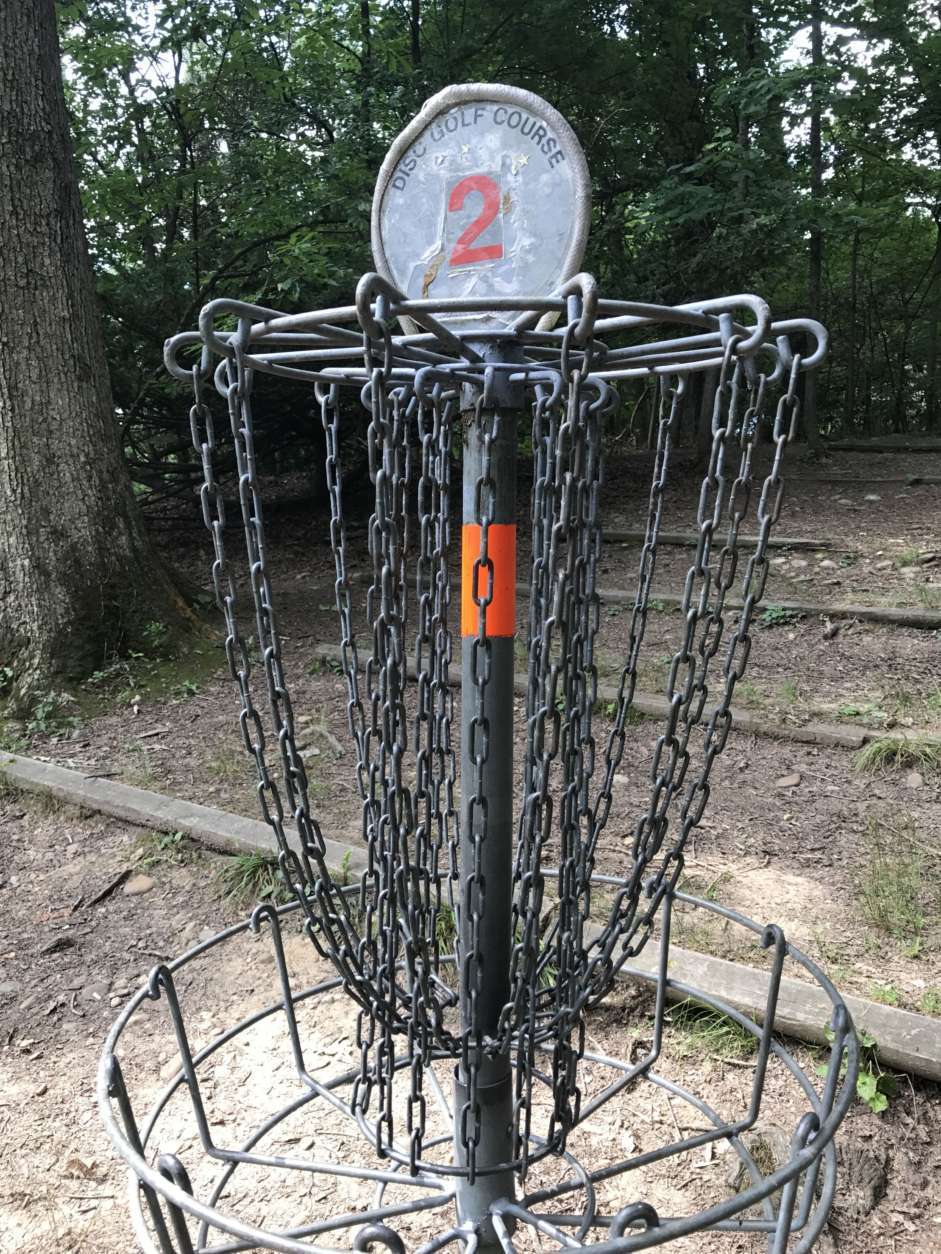
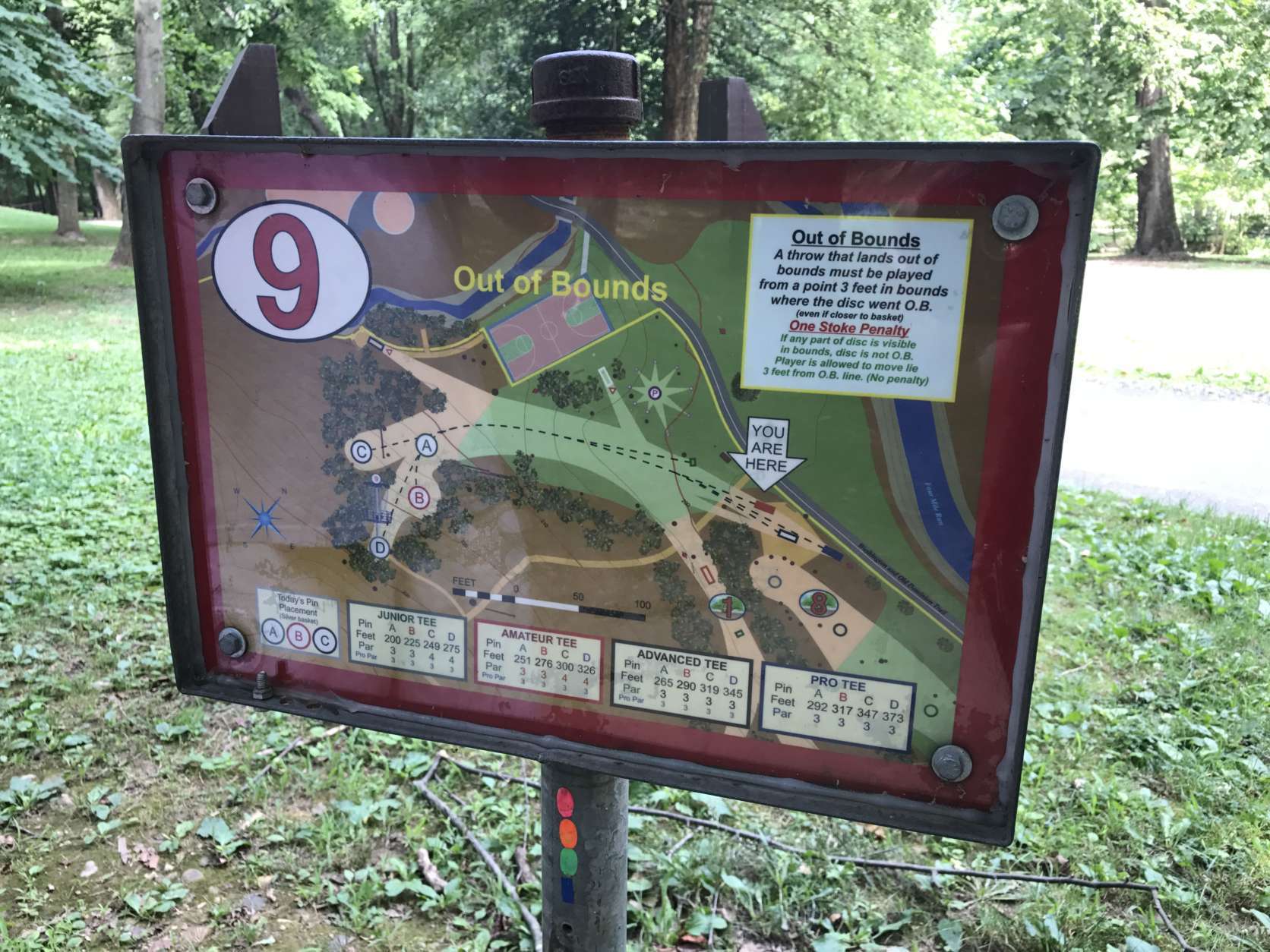
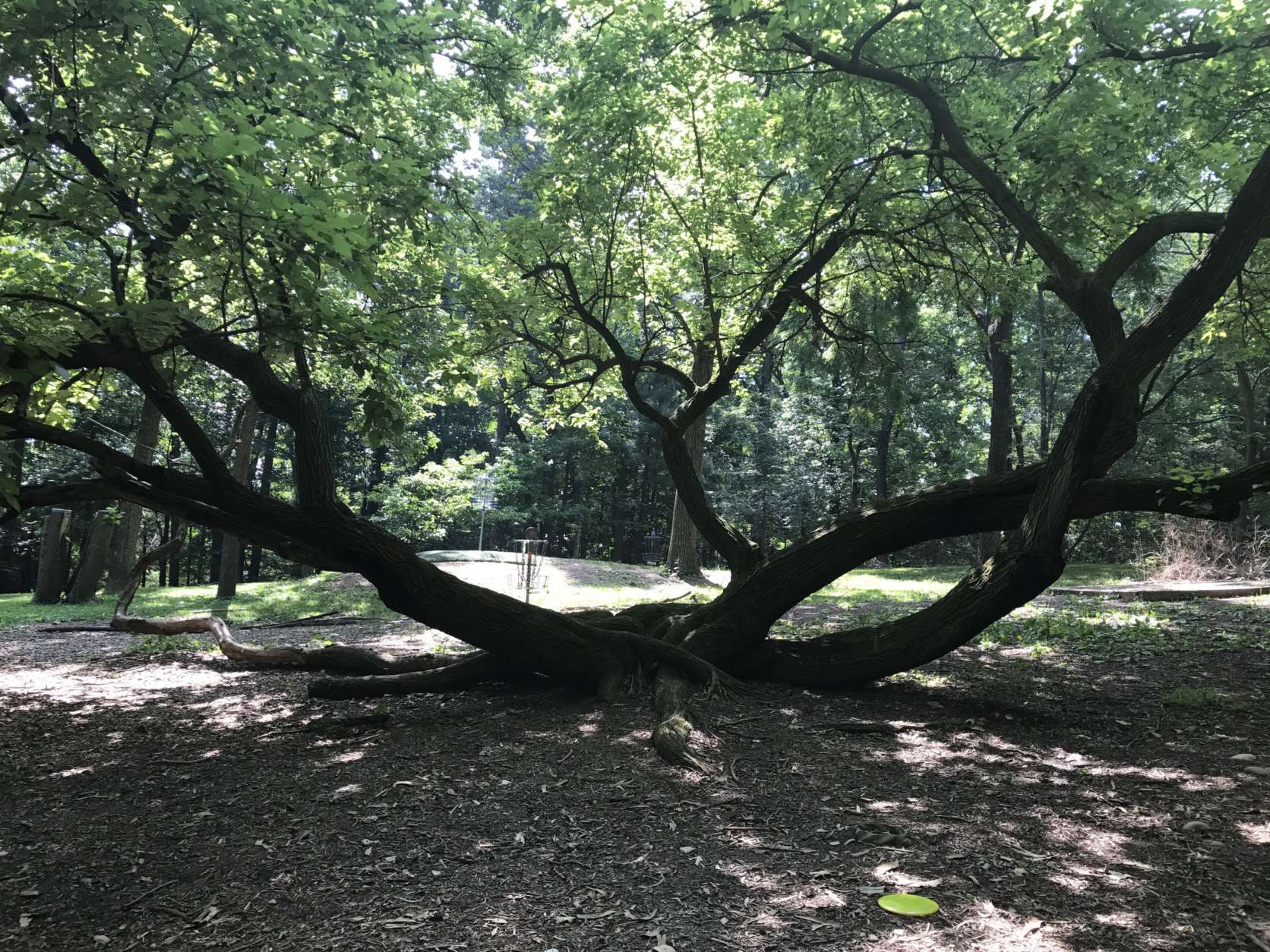
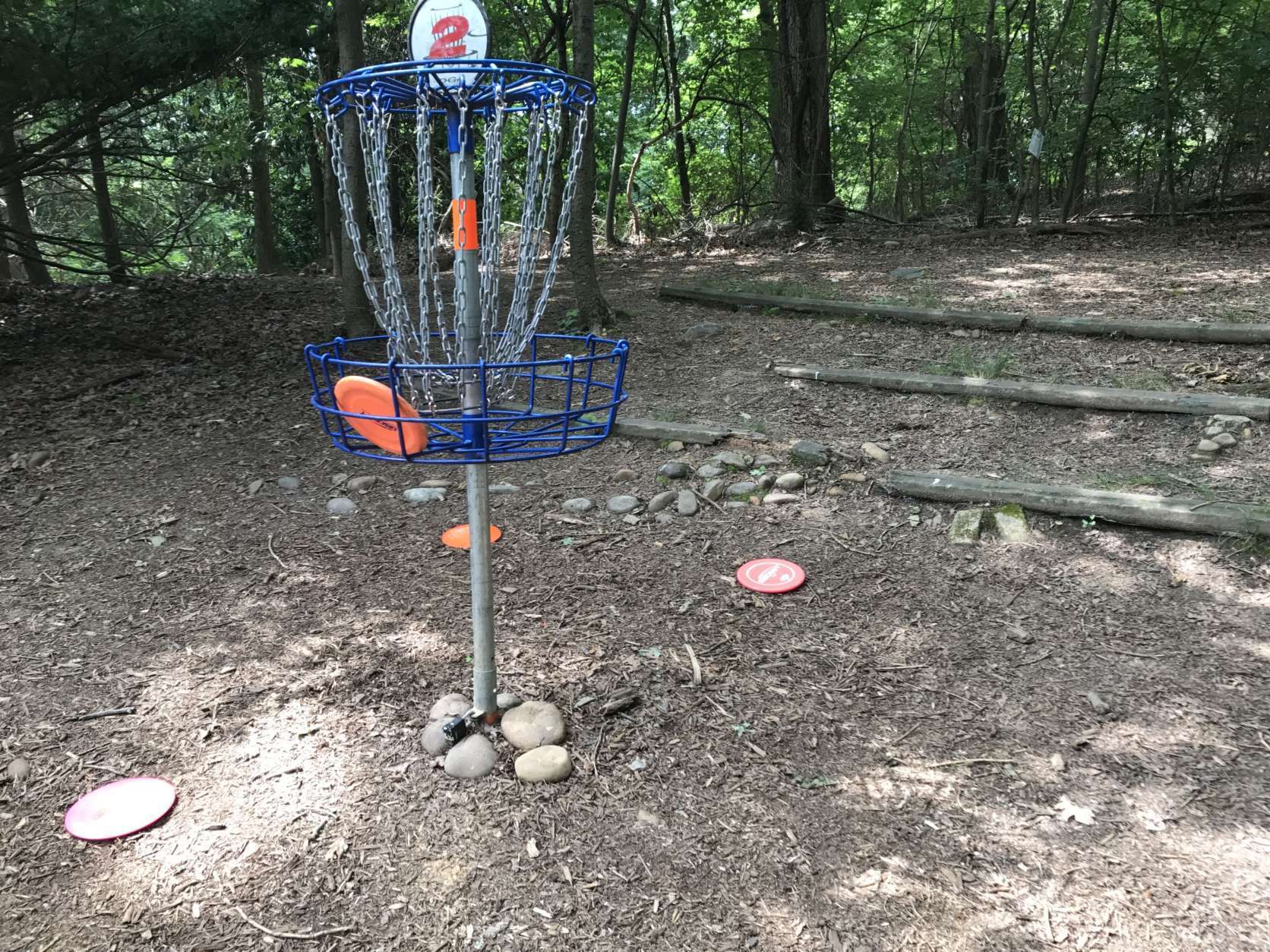

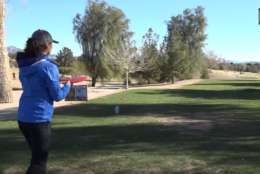
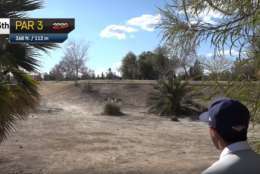
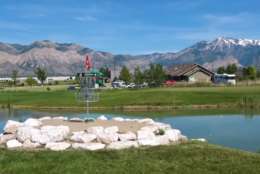
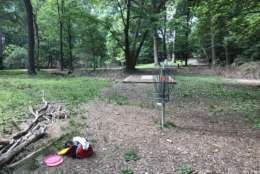
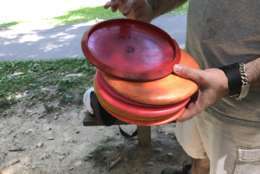
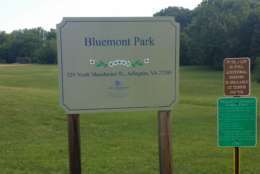
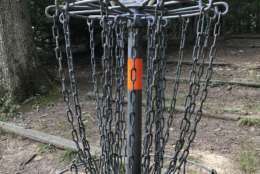
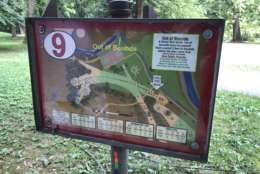

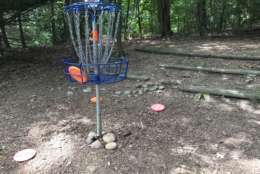
The game can be played solo, with a partner, or with a large group. It’s a chance to do something in the great outdoors while getting exercise, connecting with friends or making new ones.
Aside from buying the discs, and an occasional fee if you play at a state park, it’s a low-cost activity. And you can do it year-round, although if you play in the winter, don’t use a white disc in case it snows. You might not find it until the snow melts!
The discs players use vary in size and weight; some players use a traditional Frisbee, while others buy their discs either online or at sporting goods stores. The same way there are different clubs for different shots in regular golf, there are discs for driving; mid-range discs for your second, third or fourth throws; and putters for when you are closer to the basket or pole.
To play disc golf, you simply follow the course. Some have signs and maps available at the first hole, while some courses are crude enough that you have to feel your way through. Courses can be as pristine as Augusta at the Masters, or as overgrown as your backyard after being neglected for most of the spring.
The length of the holes and the difficulty varies. Natural hazards, such as trees and water, make the game even more challenging.
Everyone’s throwing style is different, so the particular disc you use is up to you, as well as how you throw it. Are you left-handed? Right-handed? Both? Do you throw at night? If so, there are discs that glow in the dark. Do you play near a lot of water? Floater discs are available.
How to choose which disc to use:
When it comes to scoring the game, you can either keep track or just go for a walk around the course and play for the sake of playing. It’s up to you, but if you do score, “stroke play” is the most common way.
There are tournaments, some of which award prize money. Your local course may also have a Doubles Night, where you can be paired up with someone you may or may not know.
Is there a Disc Golf Hall of Fame? Yes, and why not?
But for me, the best part of disc golf is that you don’t have to be good at it. You’ll usually just end up having a good time. The golf part does rear its ugly head from time to time, but remember — even the best players in the world will tell you, “every throw is perfect, until you hit a tree.”
Want to compete? The Disc Golf Scene has a calendar of upcoming tournaments in both Maryland and Virginia. Some of the region’s tournaments have a cash prize, such as the Women’s Open of Maryland Edition Number 1, coming up Aug. 13 at Seneca Creek State Park.
Below is a map of some local disc golf courses. You can find more local courses on the Professional Disc Golf Association’s website.








